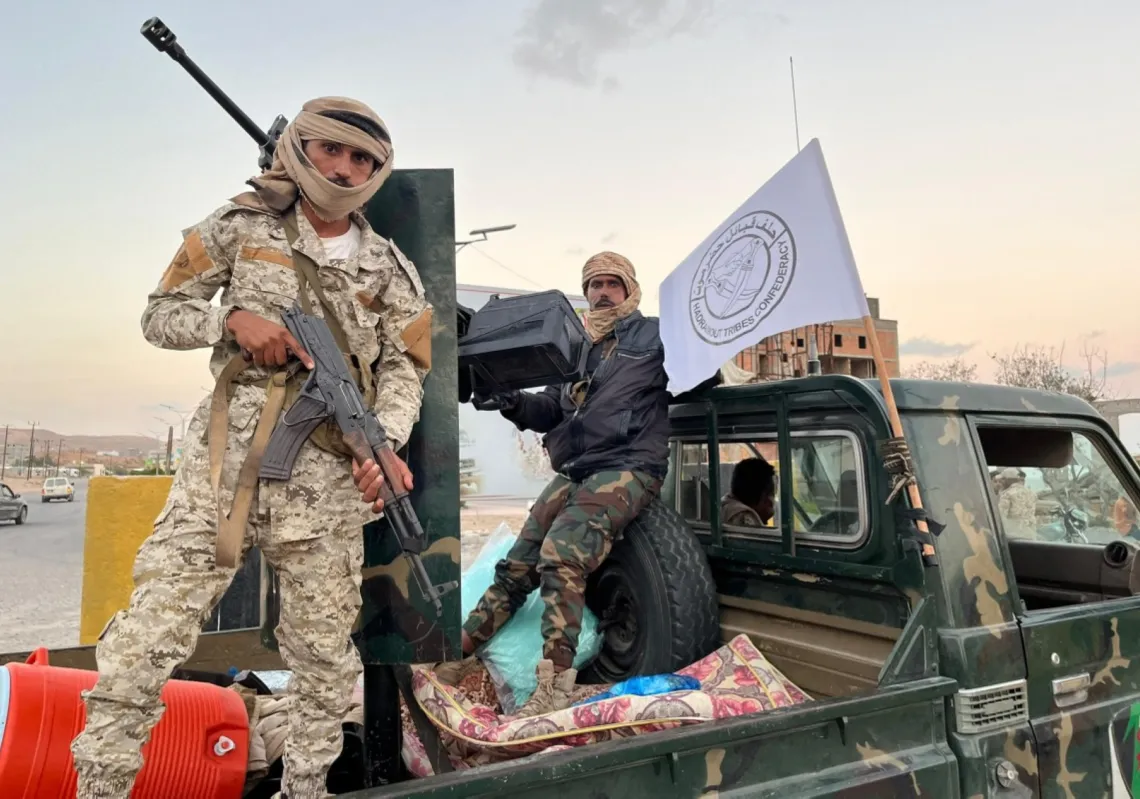In war, artists often grapple with questions of purpose and meaning as they manage their emotions in the chaos of a world whose images, values, and logic seem entirely at odds with their sensitivities, which are tuned to capturing beauty.
Lebanese visual artists approach their work as a reflection of their personal journeys, using art to express emotions and perspectives, yet they cannot entirely detach from reality nor shield themselves from external events. Instead, they absorb the echoes of their surroundings, internalise them, transform them, and interpret them.
Speaking to Al Majalla, artists have spoken about their art and feelings as war engulfed Lebanon from late September to late November 2024, exploring connections between the personal and the collective, showcasing how art functions as a lens through which to examine events and their aftermath.
While some find themselves driven to despair, others see in art a final bastion for the defence of hope and love. These brief interviews capture the complex tapestry of responses from Lebanese visual artists, each representing different schools of thought and artistic inclinations.
Bettina Khoury Badr
The artist Bettina Khoury Badr, who paints in an abstract style rooted in realism, finds herself increasingly drawn to nature as a refuge from the ugliness of the world today.
She says the pandemic, Lebanon’s economic crisis, the devastating Beirut Port explosion in August 2020, and the recent war with Israel have all left her in a “dark mental state”, adding that “the future does not seem bright in a country that appears to be drifting aimlessly and without care”.
Khoury says this “bleak outlook has led me to discover the importance of living in the moment and appreciating the beauty of the present”. She used the war to heighten her focus on the transient and intricate details of nature, she says, “collecting and capturing beautiful details and transforming them into visual narratives”.
Among the works that she has created is a series exploring the phases of sunrise and another tracking the movement of the moon from its first appearance to its last. “This has become my personal oasis, far removed from the anxieties of the present and future,” she explains.
“The war solidified my belief that everything, even absolute power, is transient. It underscored the necessity of returning to the captivating details of natural phenomena that retain their brilliance, details that we neglected as we became part of the machinery of destruction and violence.”
Charles Khoury
Having lived through the Lebanese Civil War, Charles Khoury leans towards a more expressive approach. He avoids direct representation in favour of crafting imaginary worlds inspired by a present marked by relentless wars. “The civil war left a profound impact on me,” he says. “The recent atrocities against humanity, in my view, represent an extension and extreme embodiment of human savagery.”
He began his artistic career in the mid-1990s and, from the outset, has depicted people as insects in his paintings—predatory or grotesque mythical creatures. “What I created back then was a reaction to war and an expression of my view of humanity, stripped of its essence and transformed into a monstrosity.”
Over the years, his perspective evolved, he says. "This shift was reflected in my artistic output. I realised I could no longer continue with the same mindset that had underpinned my early works. I expelled all the demons that had inhabited my soul and my paintings since the 1990s."
He added that the wars and conflicts we are witnessing today "exceed the boundaries of artistic imagination in their brutality... for this reason, the artist's role is fighting this savagery through the creation of beauty and preserving what remains of it... I no longer want my works to be consumed by the horrors of tragedy and monstrosity".












